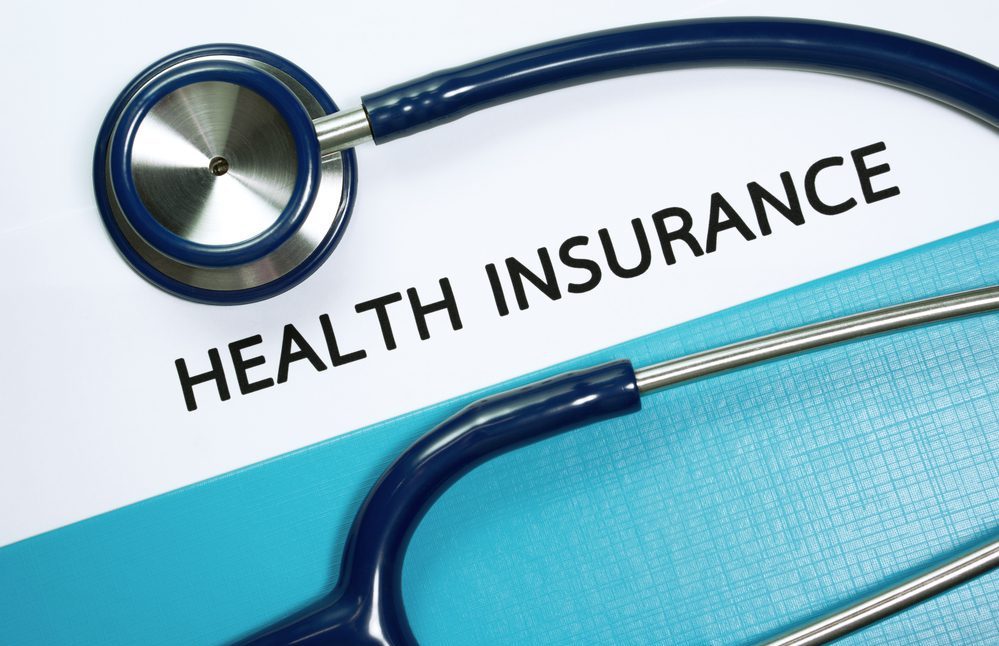Caring for teeth in pregnancy
When a woman becomes pregnant, her body assumes a barrage of changes at all levels. We care about not gaining excess weight, an adequate sugar intake, controlling tension in each medical check-up. but an important and often neglected aspect in the care of the teeth in pregnancy. How does pregnancy affect our mouth?
Before addressing the alterations that our mouth can suffer during pregnancy, it is essential to remember the need to go to a dental check-up if a pregnancy is being planned, to ensure the correct state of our teeth and gums, and thus be able to correct any alteration that affects our adequate oral health. Pregnancy can aggravate specific pathologies such as gingivitis and thus reduce the probability of having uncomfortable and painful situations that may happen to us.
Physiological alterations during pregnancy
Physiological alterations have been considered by their frequency as everyday situations associated with pregnancy, but they are not and should be avoided and corrected in such a case.
The most common are:
Seasonal gingivitis or pregnancy gingivitis
It is the most frequent clinical condition, appearing in 60-75% of women in the state. It usually occurs from the second month of gestation. The vascular and hormonal changes (a more significant amount of estrogens and progestogens) that accompany pregnancy modify the environment of the gum, facilitating the increase of inflammation with more substantial bleeding and redness, as well as a greater thickness of the tissues that surround the tooth.
However, this increase in hormones is not enough to generate this inflammatory picture. A minimum amount of bacterial biofilm or previous bacterial plaque is necessary to start it. Hence, with a control earlier that ensures us not suffer from gingivitis associated with plaque, we can avoid this problem if so treated and with adequate hygiene.
Epulis of pregnancy
It is a benign tumor that tends to disappear after childbirth. We will only remove it in case it hinders chewing or proper hygiene. It is associated with poor hygiene and is a consequence of an exacerbated inflammatory response.
Increased susceptibility to the appearance of caries
Nausea and vomiting and xerostomia or dry mouth, so common in pregnancy, generate a greater susceptibility to the appearance of caries. On the other hand, the higher consumption of carbohydrates and the higher food intake between meals also favor this situation. But pregnancy in itself is not associated with a higher rate of tooth decay.
Tooth mobility
It is the result of periodontitis, but pregnancy does not cause
loss of tooth disinsertion.
Treatments during pregnancy
Now
in case of suffering from some of the alterations
described above during pregnancy, is it safe to treat them during pregnancy?
The answer is yes. It is safe, but it is essential to restore adequate health to our oral cavity. There are numerous studies linking gingivitis to preterm birth and low newborn weight. Periodontitis and diabetes are also great allies. If you are a person with diabetes and do not take care of your mouth, the control of diabetes will worsen, and vice versa; if you have gingivitis, there is a 40% risk of diabetes, which increases to 50% in case of periodontitis.
The most appropriate time to undergo treatment is during the second trimester since the organogenesis has ended and the weight of the abdomen is not as advanced as in the last trimester, so the position in the dental chair will not be so uncomfortable.
The
administration of dental anesthesia is safe, and as for the
x-rays we can use them in case the intervention to be performed requires it, fulfilling two essential premises: always serve them with protective measures
such as the plumb apron
and the collar, and help them during the second trimester of pregnancy.
While the latter is recommended for any treatment in general, in
In the case of x-rays, it takes on greater weight. It should be noted that they will never be done
routinely but we would do them only in case our
treatment requires it for its correct realization.
The
treatment of choice to treat gingivitis or periodontitis is non-surgical
periodontal treatment, evidencing its benefits
immediately after its realization.
The treatments that we will postpone for after childbirth will be aesthetic treatments, such as whitening since peroxides can favor the release of mercury from amalgam restorations. The placement of implants will also have a non-immediate character, not so much in itself by the surgery and the order of the same but by the medication that usually accompanies these surgeries. Although analgesic drugs such as paracetamol can be administered, anti-inflammatories such as ibuprofen and antibiotic therapy are discouraged, although if necessary, it would not imply any risk to the baby, preferable to help it when there is no pregnancy.
Conclusions
In summary, we can emphasize the importance of prevention to avoid unwanted situations during pregnancy. The widespread belief that pregnancy generates specific pathologies and considers these everyday situations derived from it is not valid. The control of bacterial plaque with proper oral hygiene, without forgetting the daily tooth brushing with fluoride paste at-least twice a day and performing interdental hygiene at least once a day, will ensure an adequate dental and periodontal state.
In abnormal situations such as excessive vomiting, it will be necessary to communicate it to our dentist since gastric acids can favor the demineralization of the teeth and the appearance of caries. The professional can apply fluoride locally and recommend a fluorinated mouthwash that helps in this situation.
And finally, in case of needing any intervention, the professional does not have to postpone the dental treatment in the pregnant woman since the consequences of the delay entail more significant risks, and most conventional treatments can be carried out safely, saving some exceptions.









